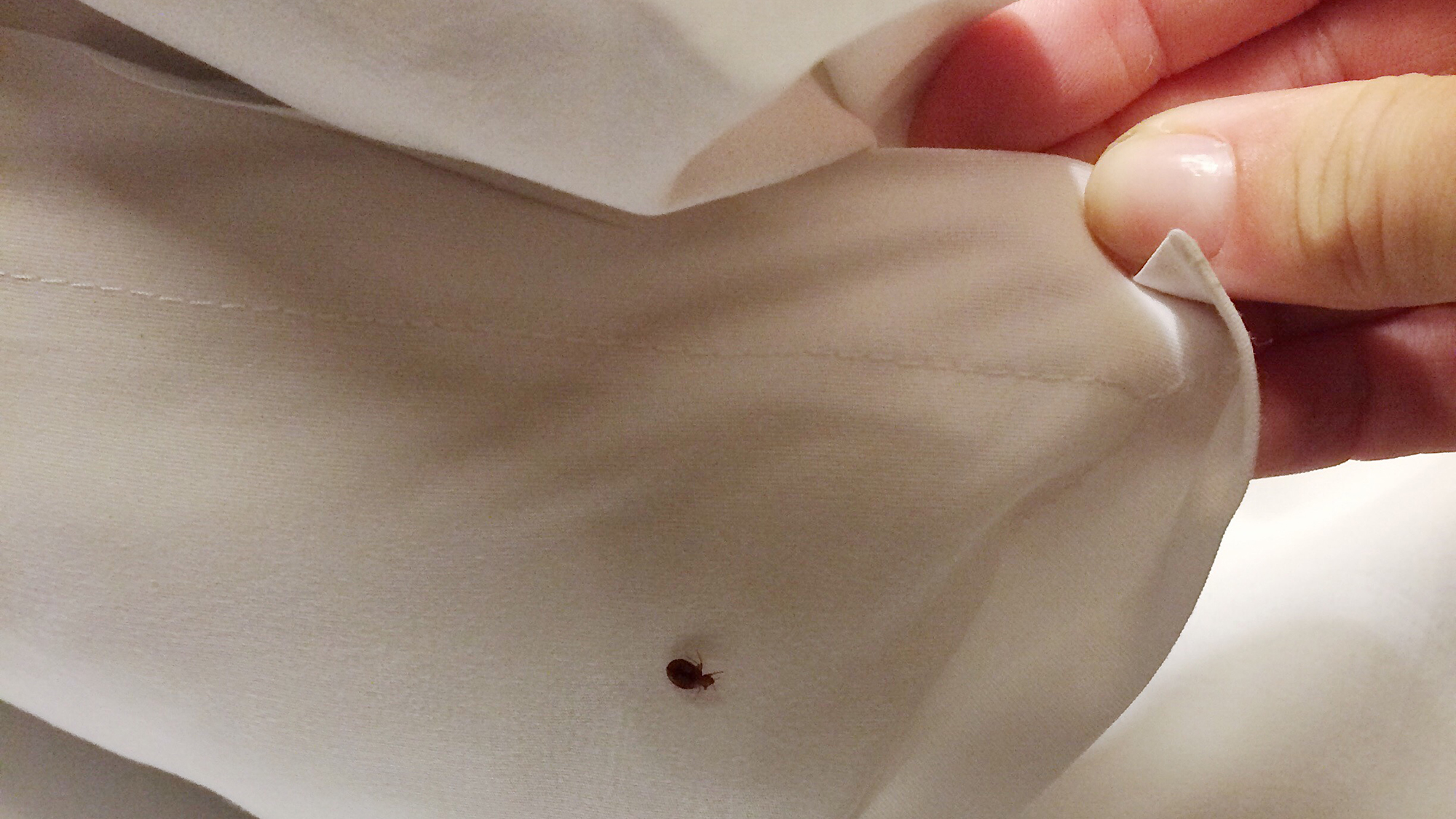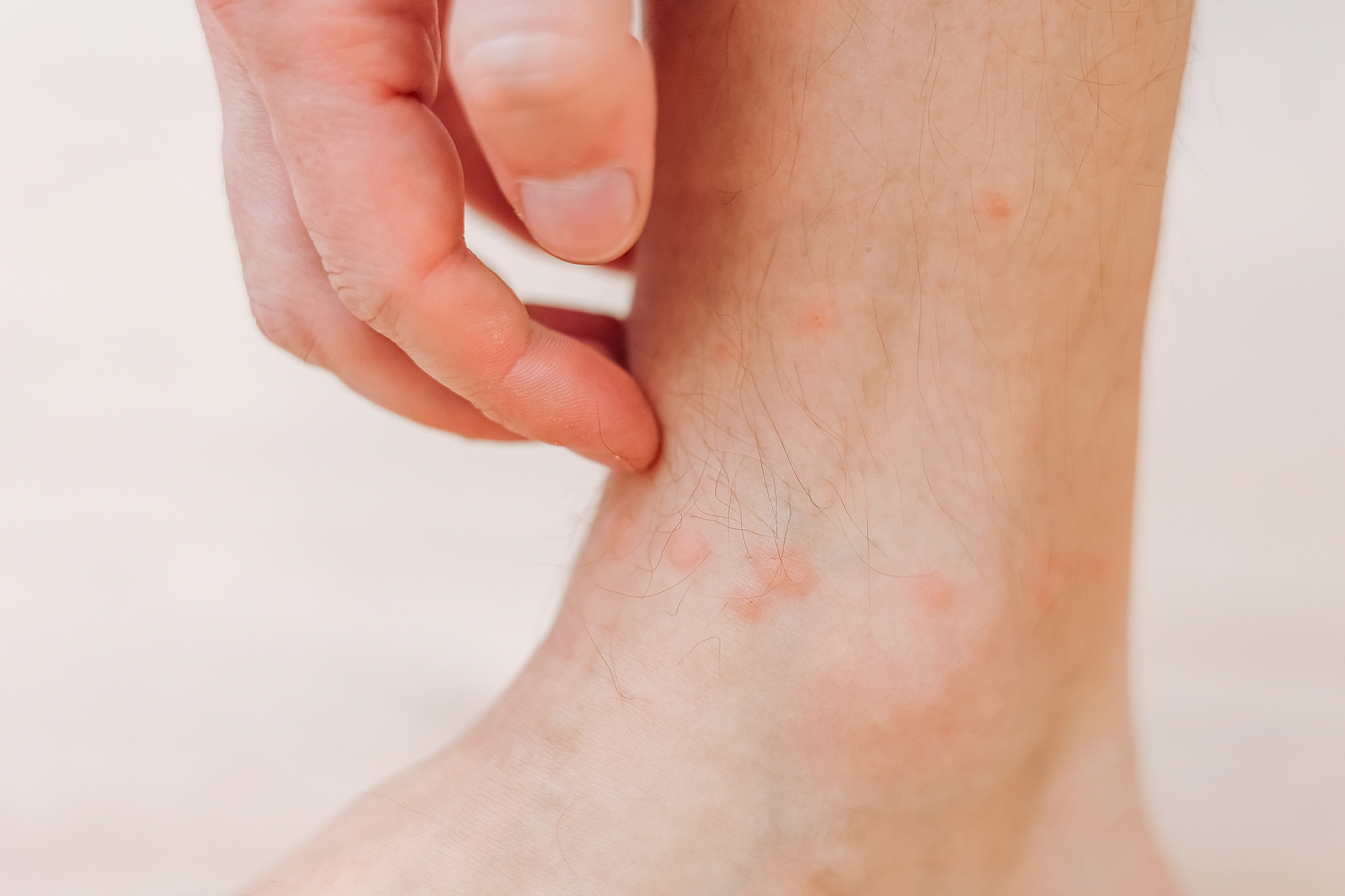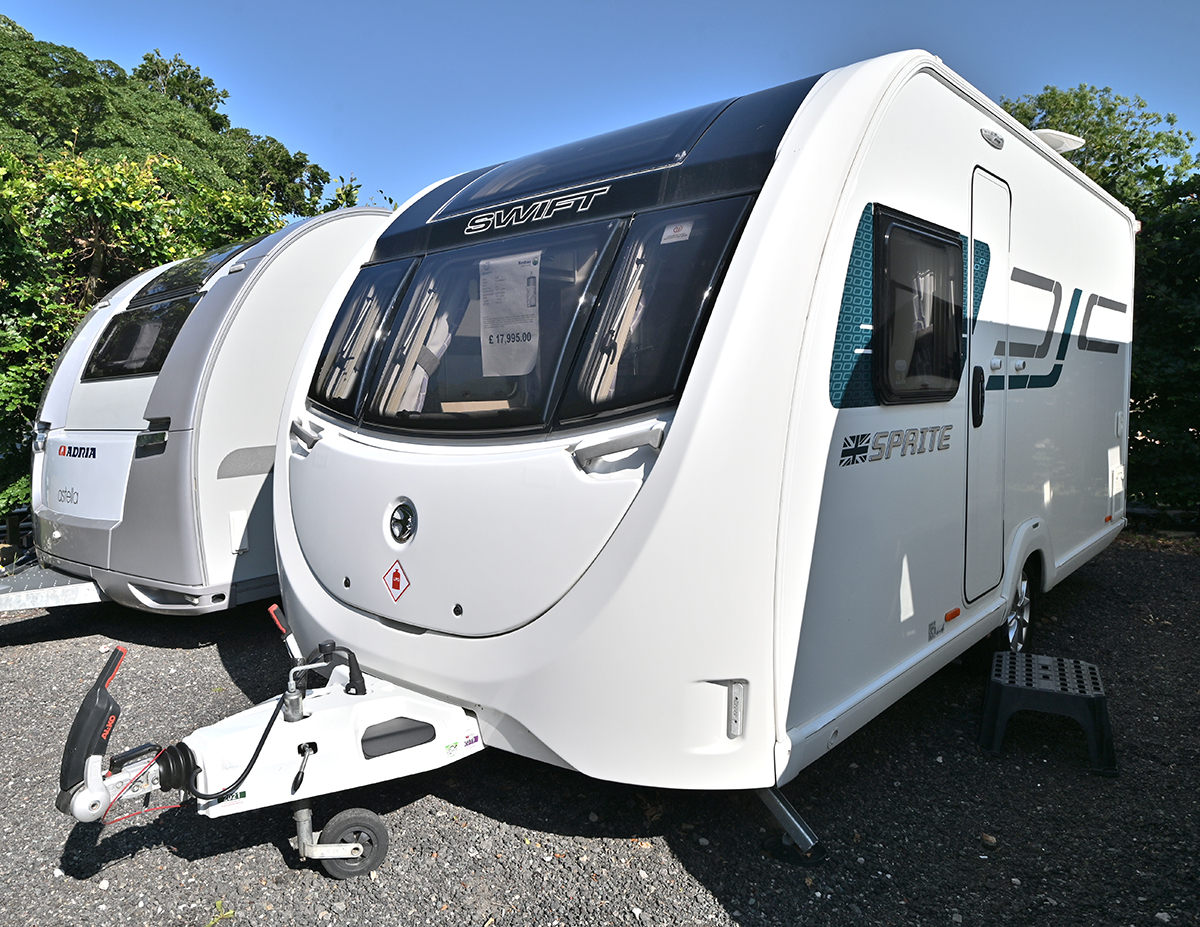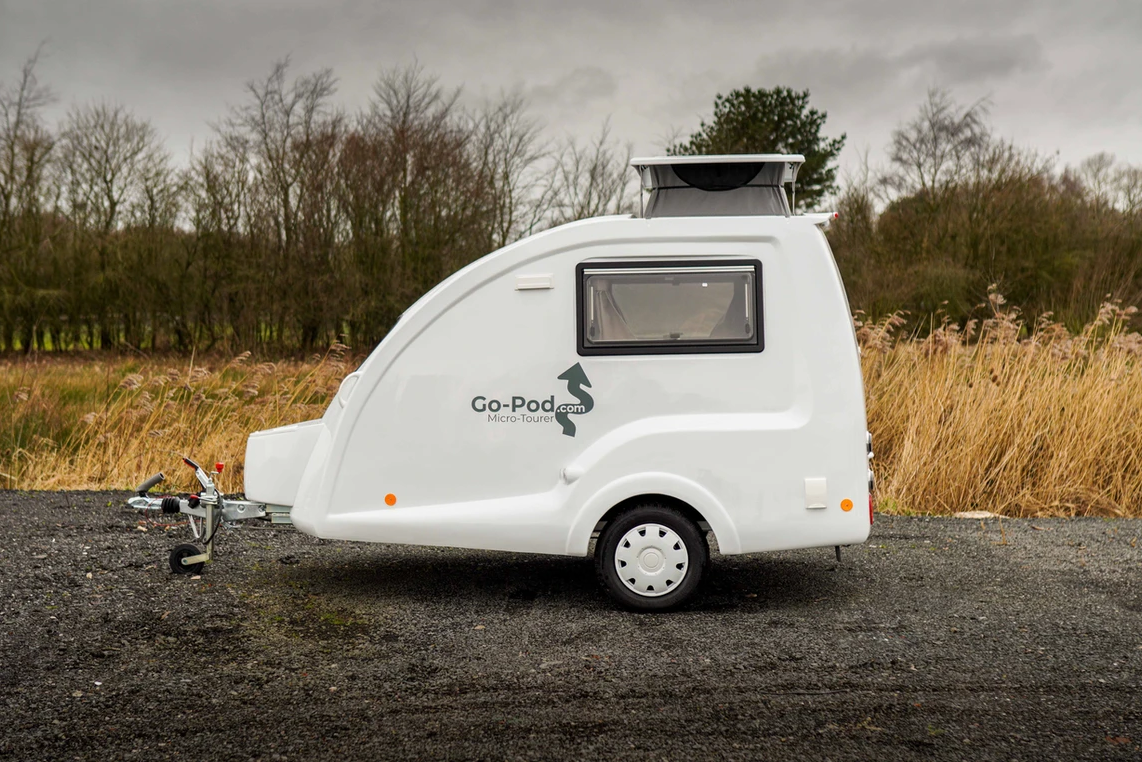Key Takeaways:
- Understanding Bedbugs: Know what bedbugs are and how they can infest motorhomes.
- Prevention Tips: Learn strategies to prevent bedbug infestations in your motorhome.
- Identification: Recognise the signs of a bedbug infestation.
- Treatment: Discover the best practices for treating bedbugs in motorhomes.
- Maintenance: Understand the importance of regular maintenance to keep bedbugs at bay.
As the UK's leading experts in motorhomes for sale, at Campers4Sale.co.uk, we understand that your motorhome is your home away from home. It's a place of comfort and adventure. However, just like any home, motorhomes can be susceptible to unwanted guests, and we're not talking about the in-laws. We're talking about bedbugs. These tiny hitchhikers can turn your peaceful retreat into a nightmare. But fear not, our comprehensive guide is here to help you understand, prevent, and tackle bedbugs in your motorhome.
Understanding Bedbugs

Bedbugs are small, nocturnal insects that feed on the blood of humans and animals. They are experts at hiding and can squeeze into tiny spaces, making motorhomes a potential paradise for these pests.
Characteristics of Bedbugs:
- Size: Adults are about the size of an apple seed (5-7 mm).
- Colour: Reddish-brown.
- Shape: Oval and flat-bodied.
How They Spread:
- Hitchhiking: On clothes, luggage, furniture, and pets.
- Close Proximity: Through shared walls in storage facilities.
- Travel: Visiting infested areas like hotels or other homes.
Prevention Tips
Preventing bedbugs from entering your motorhome is crucial. Here are some preventative measures:
- Check Second-Hand Items: Inspect any used furniture or accessories before bringing them into your motorhome.
- Use Protective Covers: Invest in mattress and pillow encasements designed to keep bedbugs out.
- Regular Cleaning: Vacuum your motorhome regularly, especially after trips.
- Be Vigilant While Traveling: Inspect your sleeping areas when on the road and keep your luggage off the floor.
Identification: Signs of a Bedbug Infestation
Early detection is key. Here's what to look for:
- Bites: Small, red, and often in a line or cluster on skin exposed while sleeping.
- Stains: Rusty or reddish stains on bed sheets or mattresses caused by bedbugs being crushed.
- Droppings: Dark spots (about this size: •), which are bedbug excrement.
- Eggs and Shells: Tiny (about 1mm) and pale yellow skins that nymphs shed as they grow.
- Live Bugs: Although they hide, you may spot a live bedbug, especially at night.
Treatment: Eradicating Bedbugs
If you suspect an infestation, act quickly. Here's a step-by-step guide:
- Isolate the Area: Keep the infestation contained to prevent it from spreading.
- Clean Everything: Wash all bedding, curtains, and clothing in hot water and dry them on the highest dryer setting.
- Vacuum: Thoroughly vacuum the infested area, including all crevices.
- Use Insecticides: Apply a bedbug-approved insecticide, following the manufacturer's instructions.
- Professional Help: Consider hiring a professional pest control service for severe infestations.
Maintenance: Keeping Bedbugs Out
Regular maintenance is essential to keep bedbugs out of your motorhome. Here's what you can do:
- Regular Inspections: Check for signs of bedbugs, especially after trips.
- Seal Cracks: Fill in gaps in the walls, floors, and around windows and doors.
- Desiccants: Use products like diatomaceous earth to kill bedbugs by drying them out.
- Heat Treatment: Occasionally, have a professional treat your motorhome with heat to kill any hidden bedbugs.
Bedbug Myths vs. Facts
| Myths | Facts |
|---|---|
| Bedbugs transmit diseases. | There's no evidence that bedbugs transmit diseases to humans. |
| Bedbugs are a sign of dirtiness. | Bedbugs are not attracted to dirt; they are attracted to warmth, blood, and carbon dioxide. |
| Bedbugs can't live in cold places. | Bedbugs can live in almost any environment, as long as they have access to their food source. |
Bedbug Bites: Treatment and Care

If you've been bitten by bedbugs, here's how to treat the bites:
- Wash the Bites: Use soap and water to clean the area to prevent infection.
- Anti-itch Creams: Apply calamine lotion or other anti-itch creams to soothe the itching.
- Antihistamines: Take an antihistamine if you have an allergic reaction to the bites.
- Avoid Scratching: This can lead to infection.
Professional Bedbug Treatments
Sometimes, despite your best efforts, you may need professional help. Here's what professionals offer:
- Chemical Treatments: Use of stronger insecticides that are not available to the public.
- Heat Treatments: Professionals can raise the temperature of your motorhome to a level that is lethal to bedbugs.
- Fumigation: This is a last resort when the infestation is severe and other treatments have failed.
Conclusion
Bedbugs in motorhomes can be a distressing experience, but with the right knowledge and tools, you can prevent, identify, and treat these pests. Regular maintenance and vigilance are key to keeping your motorhome bedbug-free. Remember, if the problem becomes overwhelming, professional pest control services are available to help you reclaim your space.
At Campers4Sale.co.uk, we're committed to helping you enjoy your motorhome adventures without the worry of uninvited guests. Keep this guide handy, and you'll be well-equipped to deal with any bedbug issues that come your way.
Note: This article is intended for informational purposes only. If you suspect a bedbug infestation, it's always best to consult with a professional pest control service.
We hope you enjoyed this article, you can read more from Campers4Sale HERE.


